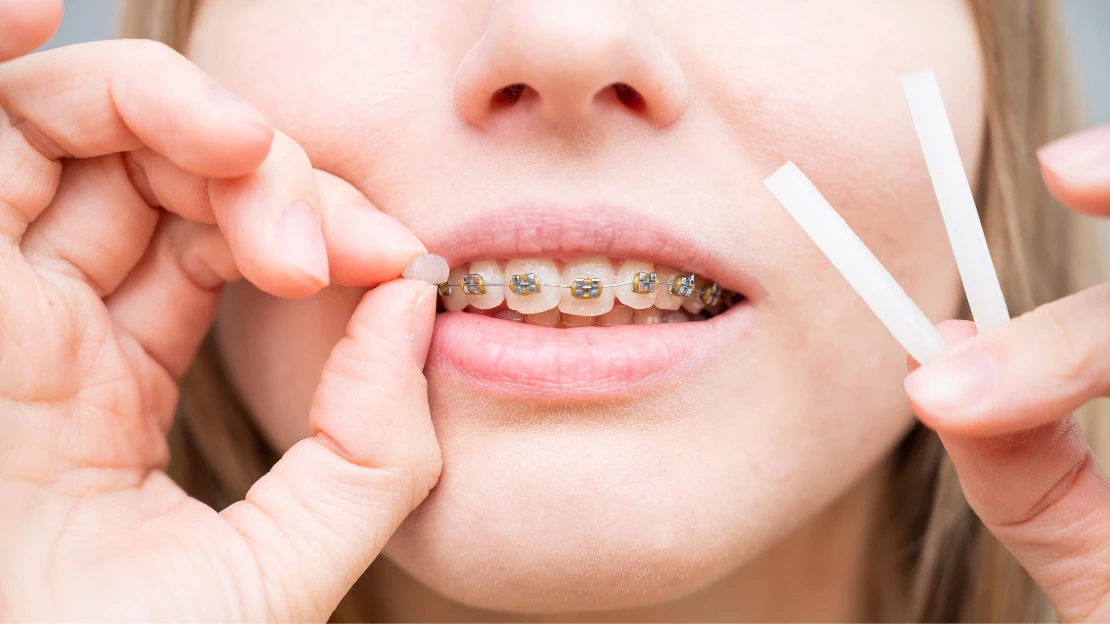Legacy Orthodontics Can Be Fun For Everyone
The Ultimate Guide To Legacy Orthodontics
Table of ContentsNot known Incorrect Statements About Legacy Orthodontics Getting The Legacy Orthodontics To WorkLegacy Orthodontics Fundamentals ExplainedThe Greatest Guide To Legacy Orthodontics9 Simple Techniques For Legacy Orthodontics
In enhancement, we offer adjustable treatment routines, versatile payment options and an enjoyable, delightful experience.An orthodontist is a dental professional trained to diagnose, protect against, and deal with teeth and jaw irregularities. They deal with existing conditions and are trained to recognize issues that may create in the future. Orthodontists function with people of every ages, from kids to grownups. Individuals often associate an ideal smile with healthiness.
Malocclusion, or misaligned teeth, can lead to oral problems, including dental caries, gum tissue illness, and tough or unpleasant eating. Not everybody is birthed with straight teeth. If you have a bad bite or huge spaces in between your teeth, you might wish to speak with a dental professional specializing in orthodontic care.
Little Known Facts About Legacy Orthodontics.
( Picture Credit Scores: DigitalVision/Getty Images) Orthodontists utilize dealt with and detachable oral tools, like dental braces, retainers, and bands, to transform the position of teeth in your mouth. Orthodontic therapy is for dental irregularities, consisting of: Jagged teethBite problems, like an overbite or an underbiteCrowded teeth or teeth that are also much apartJaw misalignmentThe objective of orthodontic therapy is to enhance your bite.
A healthy bite ensures you can eat, eat, and talk appropriately. While you may consider orthodontists as generally for kids or young adults who need dental braces, they can remedy dental problems at any type of age. Orthodontists participate in college, oral college, and orthodontic college. After graduation, they spend 2 or 3 years in an orthodontic residency program.
, but not all dental professionals are orthodontists. They focus on 2 locations: Exactly how to correctly and securely relocate teeth How to properly guide growth in the teeth, jaw, and faceOnce an orthodontist has completed training, they have the choice to come to be board accredited.
Legacy Orthodontics - Questions
Malocclusion leads to tooth overcrowding, a twisted jaw, or uneven bite patterns. Malocclusion is normally treated with: Your orthodontist attaches steel, ceramic, or plastic square bonds to your teeth.
Some individuals need a headgear to assist relocate teeth right into line with pressure from outside the mouth. A retainer is a custom-made tool that keeps your teeth in location.
They can create extra space in the mouth without having to pull teeth. Orthodontists utilize cables, medical screws, or plates to sustain your jaw bone.
You might require to see an orthodontist if you have: Crowding or not sufficient area for all of your teethOverbite, when your top teeth come by your base teethUnderbite, when your base teeth are too far forwardSpacing or problems with gapsCrossbite, which is when your upper teeth fit behind your bottom teeth when your mouth is closedOpen bite or an upright space between your front Read Full Article bottom and upper teethMisplaced midline, when the center of your bottom and upper teeth don't line up Dealing with an oral malocclusion can: Make attacking, eating, and talking easierImprove the symmetry of our face and your general appearanceEase pain from temporomandibular joint disordersDifferent your teeth and make them much easier to clean, helping protect against dental caries or cavities It's typically a dental professional who first notifications misaligned teeth throughout a routine exam.
Legacy Orthodontics for Dummies

Throughout your very first orthodontic appointment, you'll likely have: A dental examPhotos taken of your face and smileDental X-raysPanoramic (360 degree) X-rays of your face and headImpressions to produce molds of your teethThese examinations will certainly aid your orthodontist know how to wage your therapy. leesburg invisalign. An orthodontist is a dental practitioner that's had training to treat your teeth and jaw
Orthodontists might do surgical procedure, exams,X-rays,and even more to help you attain a more comfy, healthier smile. An orthodontist is focused on your bite, so something like a cracked tooth would be handled by a dentist. Orthodontists are dentists yet not all dental practitioners are orthodontists. Orthodontists are concentrated on your bite, or the method your teeth fit with each other, and the straightness of your teeth.
Ever before questioned just how celebrities constantly seem to have completely aligned teeth? Orthodontists are oral specialists that concentrate on remedying irregularities in the teeth and jaws.
The Single Strategy To Use For Legacy Orthodontics

While dental braces are the most generally recognized orthodontic treatment, orthodontists have a diverse toolkit at their disposal. The certain strategy picked relies on the severity of the situation, the individual's age, and specific preferences. These tried-and-true braces utilize a system of brackets adhered to the teeth and attached by cords.
Clear aligners, like Invisalign, are a preferred option for clients seeking a more very discreet therapy option. These detachable trays are personalized to gradually change the teeth's position. Headgear may be utilized combined with braces or aligners to use added targeted pressures, specifically for fixing jaw inconsistencies. In situations of narrow jaws, palatal expanders can be made use of to produce space for proper tooth alignment.